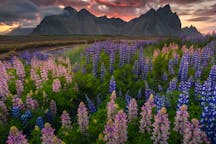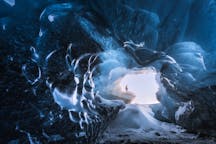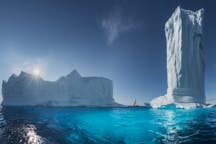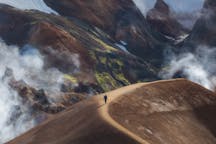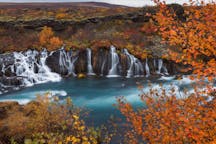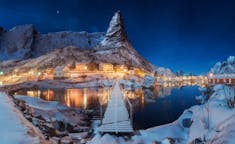
Interview with David Swindler

If you can change your perception, then you can change the world. For American landscape photographer, David Swindler, picking up a camera has allowed him to see the world in many different ways.
- Check out these Photographer Interviews
- Learn all about How to Take Sharp Landscape Photos in Windy Conditions
- Discover this Interview with Rach Stewart
From staying up to shoot the Milky Way at night to hiding patiently out in nature, waiting to capture the wildlife, David's goal is to deliver glimpses of the world to people in such a way that they can make a connection which motivates change. This week, we had the pleasure of chatting with David about what drives his passion for photography, the elusive moments which he is yet to capture, the ethics of photographing nature and wildlife, as well as what it takes to become a better photographer.
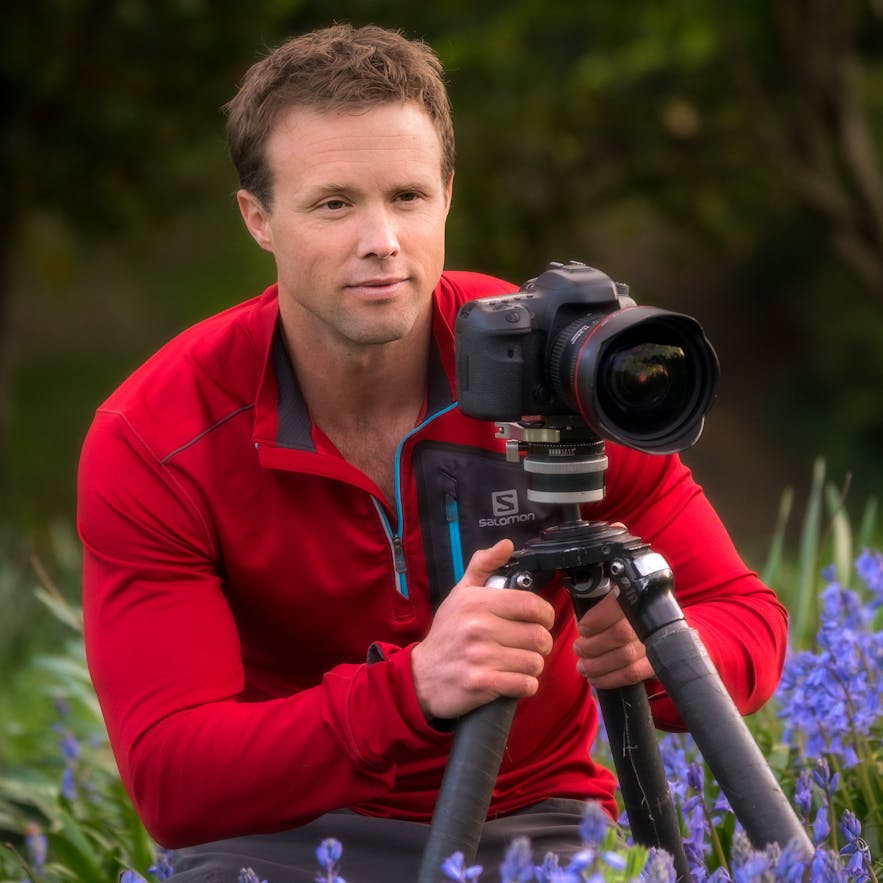 David Swindler is a landscape photographer based in the USA. Photo by: 'David Swindler'.
David Swindler is a landscape photographer based in the USA. Photo by: 'David Swindler'.
- See also: DJI Mavic 2 Pro Review
Hello David, thank you for chatting with us. You’ve spent much of your career photographing nature and wildlife. How did you first become interested in photography and at what point did you find your niche?
I’ve always been an avid outdoorsman with a love for exploring the world around me. On my adventures, I would see so much beauty all around me – I began to wish I could share those moments with others. That’s when I decided to get my first camera, a 5MP point and shoot.
I remember one of my early goals was to get a long exposure shot of a waterfall and I realised that my point-and-shoot just wasn’t going to cut it! So I upgraded to an entry-level DSLR. I read and learned everything I could. I also went out and practiced often. The types of trips I went on soon began to change and they began to revolve more around photography than just adventure. By that time, I guess you could say I was hooked!
- See also: The Beginner's Guide to Videography
What was the first trip you took for photography that really helped you to develop an appreciation or passion for wildlife and landscape photography?
What excited me most about photography were the times where the camera could see the world better than I could with my own eyes. I loved shooting at night, since the camera could portray the dark skies like I had never seen them before. I was fascinated with long exposures and the ethereal effect they could have. I even modified one of my cameras to capture infrared! Being able to see the world in a whole different way is what really got me excited about photography.
 Being able to see the world differently is what excites David about photography. Photo by: 'David Swindler'.
Being able to see the world differently is what excites David about photography. Photo by: 'David Swindler'.
Of the many countries that you have visited, which did you enjoy photographing the most and why?
I’ve been to a lot of countries all around the world and love the great diversity of landscapes, cultures, people and wildlife I’ve experienced. But if I had to pick a favourite region, it would have to be the Southwest USA. There is an incredible concentration of amazing places to photograph and there is still so much more waiting to be explored!
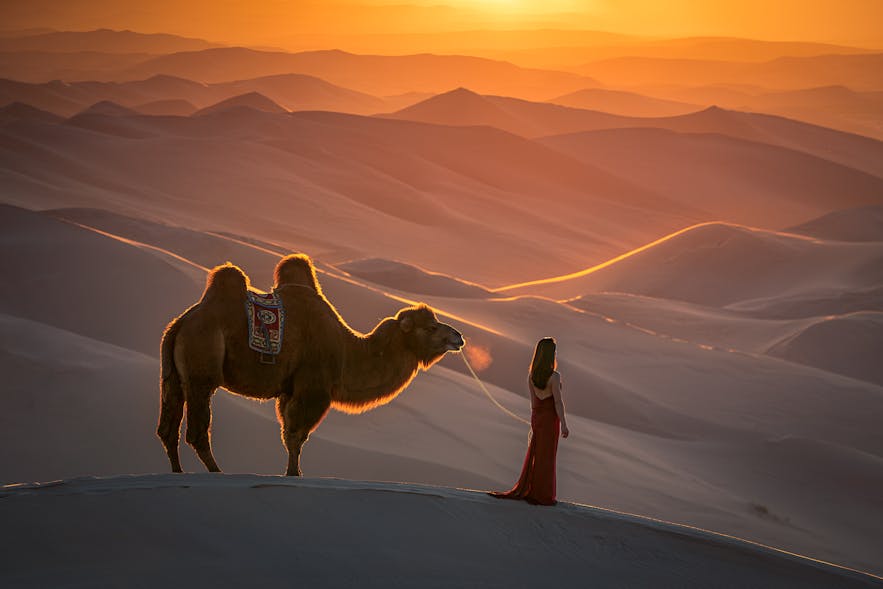 David has visited many places around the world. Photo by: 'David Swindler'.
David has visited many places around the world. Photo by: 'David Swindler'.
Which places have been the most challenging in which to shoot? Have there been any locations that have left you a bit disappointed?
Of course! The challenge with travel photography is that you don’t often get multiple chances to shoot a particular location. If the weather or conditions aren’t ideal when you visit, you just have to make the best of it and that may mean you don’t get the shots you had envisioned.
I try to time my travels such that I have the odds in my favour for good weather and conditions but even still, you just never know. When a certain trip doesn’t work out, that’s when you just have to try again another year.
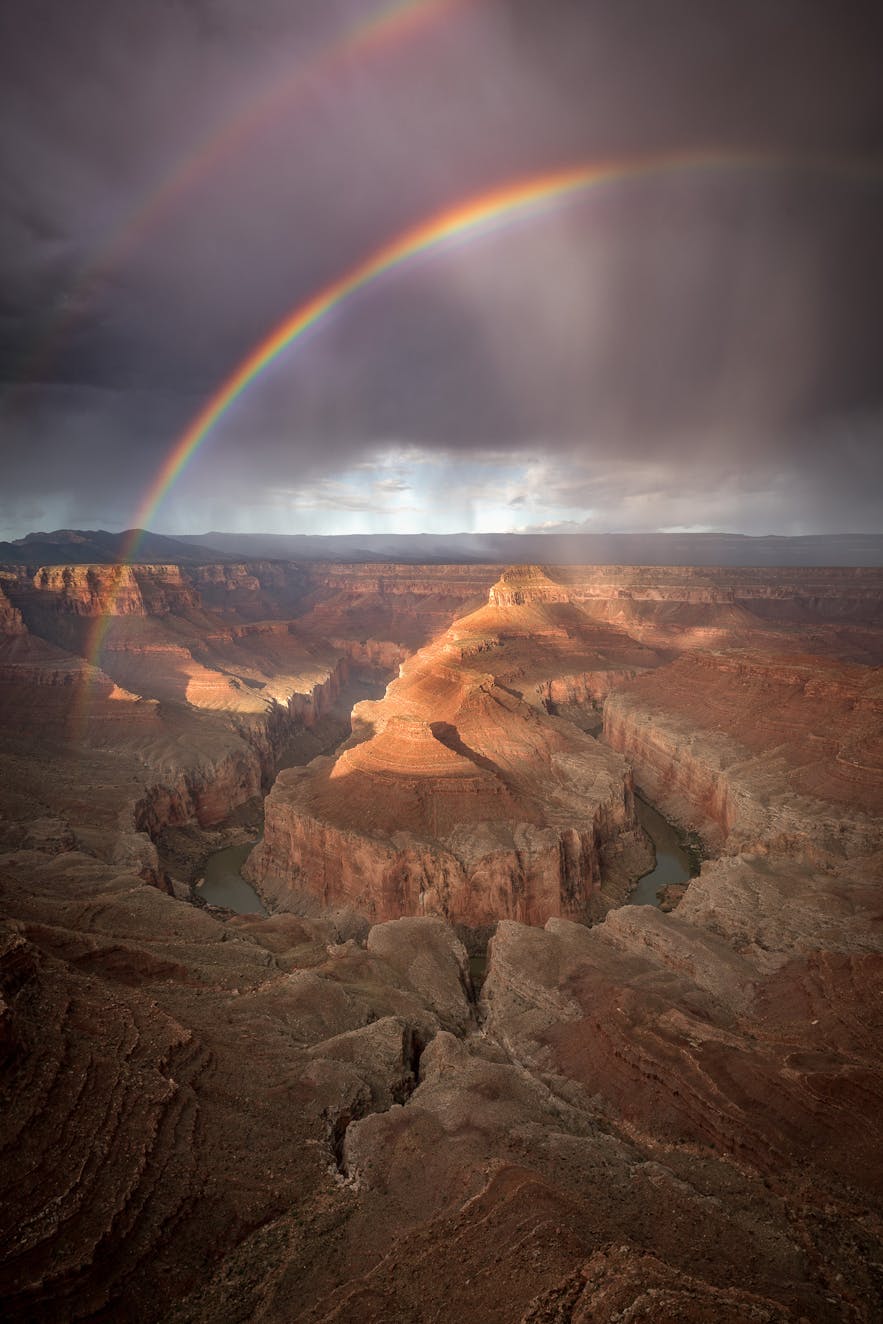 The challenge with travel photography is that you often won't get many chances to shoot the same location. Photo by: 'David Swindler'.
The challenge with travel photography is that you often won't get many chances to shoot the same location. Photo by: 'David Swindler'.
What kinds of changes have you seen in the environment since you first started your career?
I’ve seen a dramatic change in the quality of digital camera sensors. It’s pretty crazy when I see the difference between a modern camera and one that was state-of-the-art ten years ago. The rapid advent of post-processing software has also been pretty incredible. This has definitely changed how many people shoot composites and things like sky replacements are much more commonplace. It’s getting harder for people to know which shots they see online are real and which ones aren’t.
Each year, I’m seeing more and more people getting into nature and exploring their world. It’s great to see them enjoying the outdoors and learning how to use their camera to capture the beauty. But at the same time, I feel a need to protect places that aren’t well known. I’ve seen a location go from seldom-visited to over-run with photographers just by one highly influential social media post. I want to encourage people to not just be copycat photographers. Instead of going out and photographing the same thing somebody else did, try to use your own creativity and sense of adventure to come up with something more unique and original.
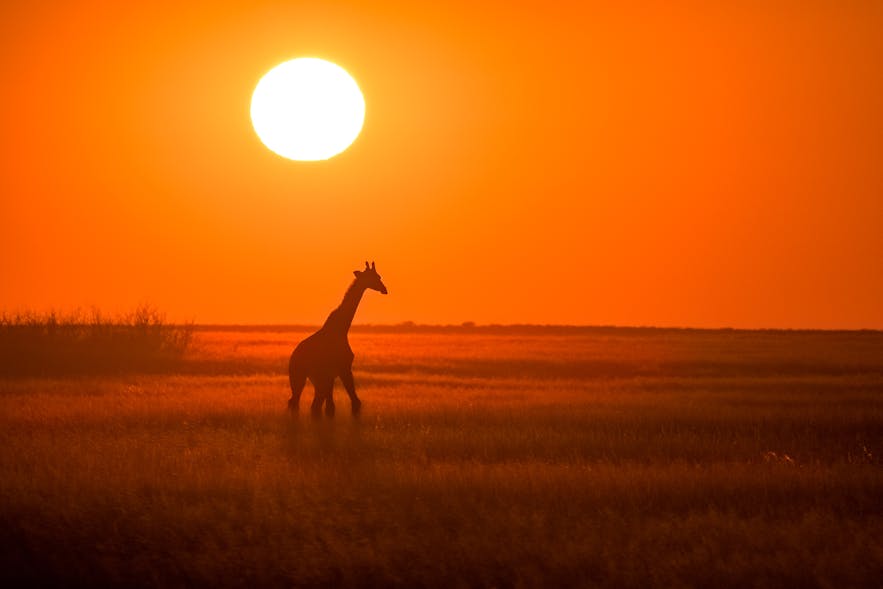 David is seeing more and more people getting into nature and exploring their world. Photo by: 'David Swindler'.
David is seeing more and more people getting into nature and exploring their world. Photo by: 'David Swindler'.
What is a common misconception that you feel people have about nature, or that you feel would open up their eyes to our need to be kinder to the environment?
We are seeing a lot more impact on our natural areas these days. It’s more important than ever that we adopt a Leave-No-Trace mentality and ensure we follow the principles of Nature First. One misconception that photographers can have is that getting “their shot” is more important than protecting the landscape or the wildlife. Photography should never take precedence over being responsible stewards.
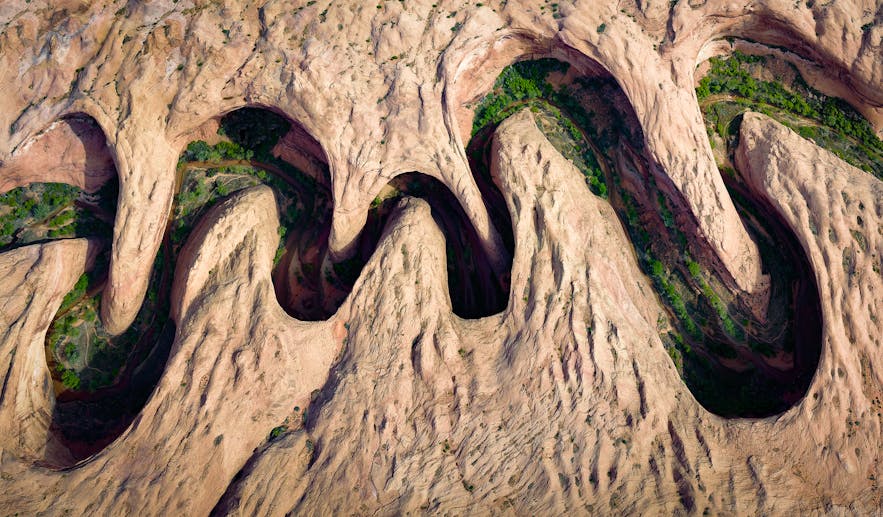 David believes it is important that we adopt a Leave-No-Trace mentality. Photo by: 'David Swindler'.
David believes it is important that we adopt a Leave-No-Trace mentality. Photo by: 'David Swindler'.
Wildlife photography can be a bit of a challenge. What techniques do you use to get the perfect image?
Yes, it certainly can be! For wildlife, location and timing are extremely important. Doing your research ahead of time will pay off big time. Wildlife is difficult since you have to be able to find the subject, be able to get close enough to the subject, have the subject looking the right direction, and have the right light and weather conditions. That’s a lot to have all come together at one time! That’s why you have to be patient, spend a lot of time out in the field and take lots of shots.
The more you learn and understand about the behaviour patterns of a particular species, the better your odds will be. And finally, practice using your camera before you’re out in the field so you aren’t fiddling with things when the perfect shot opportunity comes along!
 Timing is especially important in photography. Photo by: 'David Swindler'.
Timing is especially important in photography. Photo by: 'David Swindler'.
When it comes to photographing animals, do you try to remain a detached observer or have you ever interacted with any of your subjects?
Most of the time, I remain detached from the subject but occasionally, I do interact in subtle ways. For example, I’ve been photographing bears fishing for salmon just a few feet away from me and they won’t even acknowledge my presence but other animals can be acutely aware that you are there and it’s your responsibility to ensure that your actions don’t modify or habituate the wildlife’s behaviour.
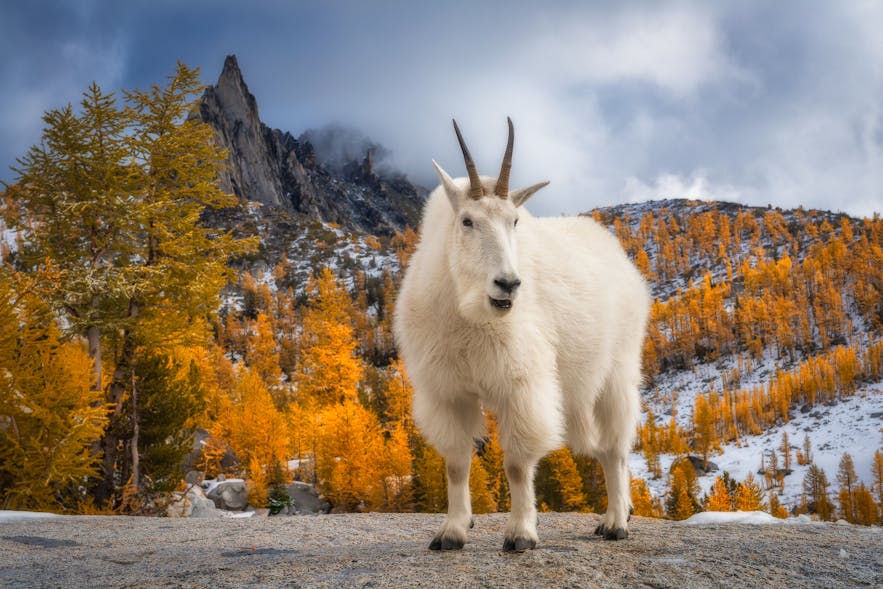 Most of the time, David remains a detached observer. Photo by: 'David Swindler'.
Most of the time, David remains a detached observer. Photo by: 'David Swindler'.
Is there an animal that you haven’t captured yet, which has managed to evade your camera?
There is so much!! I have yet to photograph cheetahs in the wild and I would love to photograph the migrations in Africa! Jaguars and pumas remain high on my list along with walruses and narwhals. And the list can go on and on….
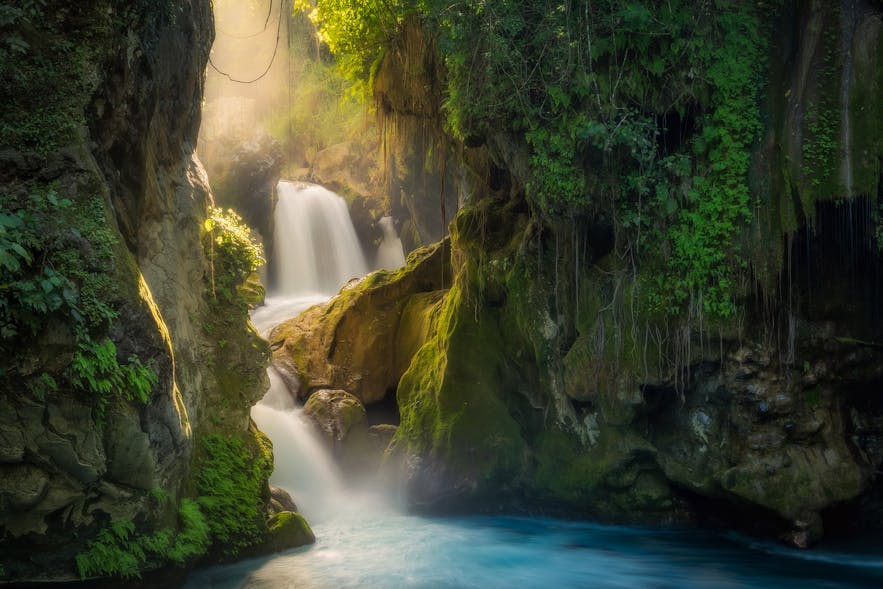 David's keen sense for exploration has taken him all around the world. Photo by: 'David Swindler'.
David's keen sense for exploration has taken him all around the world. Photo by: 'David Swindler'.
How would you describe your photographic style? What is characteristic about your photos?
My photographic ethics is that I want to convey real landscapes under conditions that people can actually see if they visit that location at the right time.
With wildlife, I only photograph animals that are truly in the wild. I try to steer clear of animals that are baited or captive in any way or have been habituated to modify their behaviour. I know a lot of people do things like composites or photograph animals on a game farm. I’m not saying that’s wrong. They have a right to define their art any way they want. That is just my personal mode of ethics and I think it’s really important to abide by these sorts of principles if you are leading and guiding photo workshops.
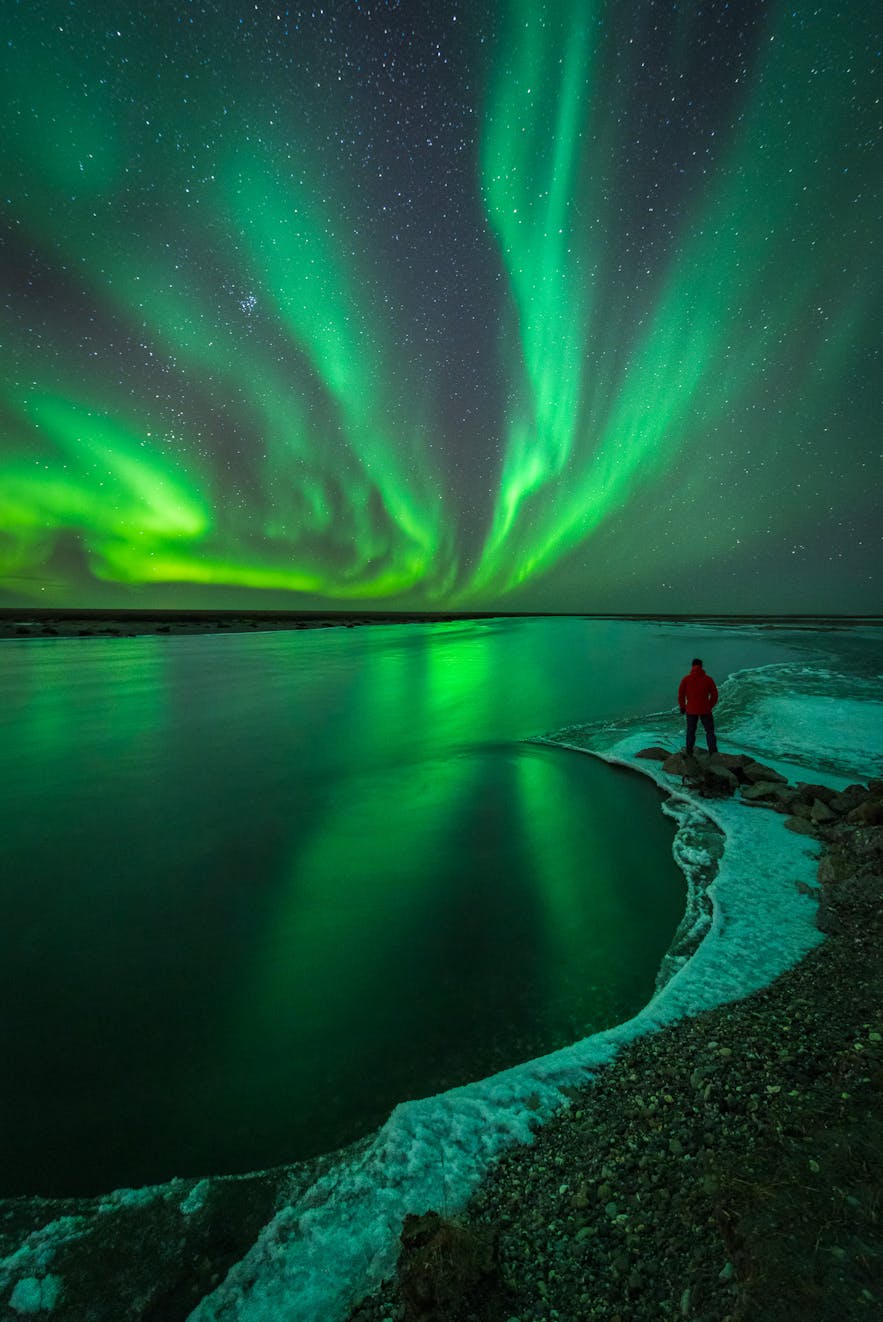 According to David, he conveys real landscapes under conditions that people can actually see if they visit at the right time. Photo by: 'David Swindler'.
According to David, he conveys real landscapes under conditions that people can actually see if they visit at the right time. Photo by: 'David Swindler'.
In your opinion, what makes a good photo? Do you spend any time pre-visualising your images?
I sometimes do but usually I wait until I’m in the field to start forming my opinions on how to shoot something. I actually don’t like looking at other people’s shots before I visit a new location, since I find it can impede my creativity and make it harder to “see outside the box.”
A good photo needs to have 3 things: good light, good composition, and flawless technical execution.
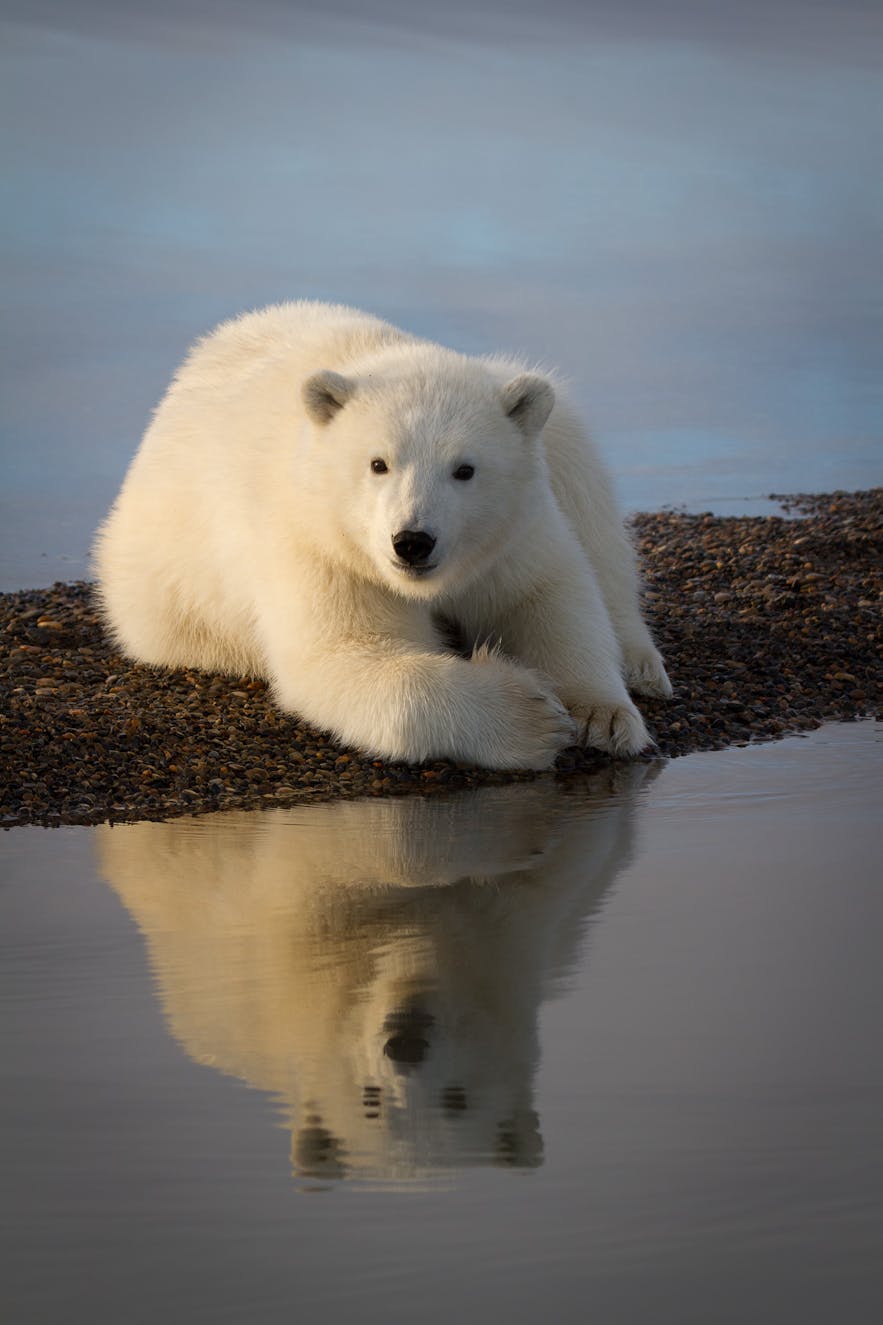 David sometimes pre-visualises his images. Photo by: 'David Swindler'.
David sometimes pre-visualises his images. Photo by: 'David Swindler'.
What effect do you hope that your photography will have on people's perceptions of the world around them?
My hope is that it will give people a deeper and more meaningful connection to this amazing planet we call home. And by developing this connection, I hope they will do everything they can to take care of the environment and become better stewards of our natural resources.
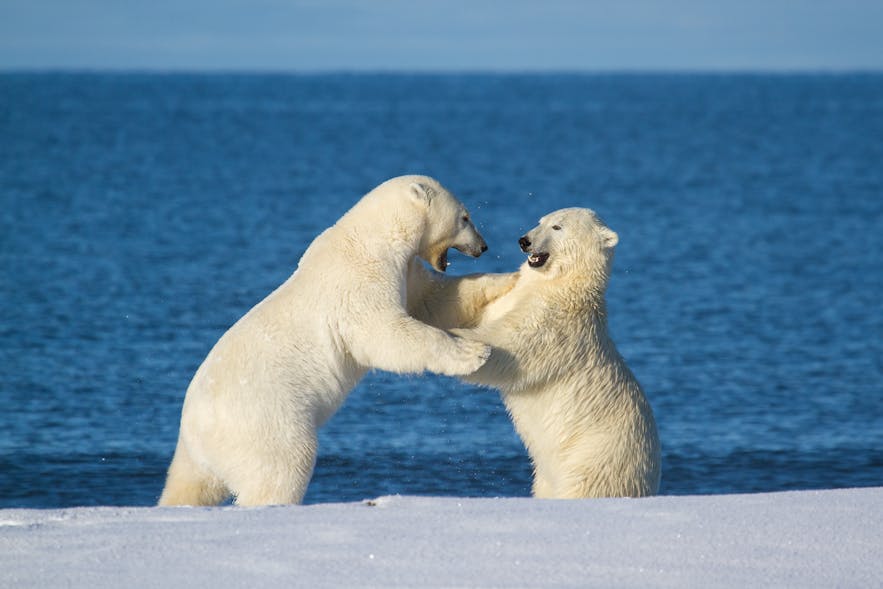 David's hope is that his photography will give people a more meaningful connection with this planet. Photo by: 'David Swindler'.
David's hope is that his photography will give people a more meaningful connection with this planet. Photo by: 'David Swindler'.
What is your advice for someone wanting to become a better than average photographer? What does it take to do this?
It takes dedication and commitment. It’s a three-pronged approach. First, you have to learn the necessary technical skills, both in the field and in post-processing. Second, you must put in a lot of time. They say you need 10,000 hours of practice to become a true expert. It works the same way in photography. Few of us will ever hit the 10,000 hours but the more time you put into it, the better you will become. And third, you need to actively evaluate your work, learn from your mistakes and keep learning every day! Practice doesn’t mean anything if you are practicing the wrong techniques.
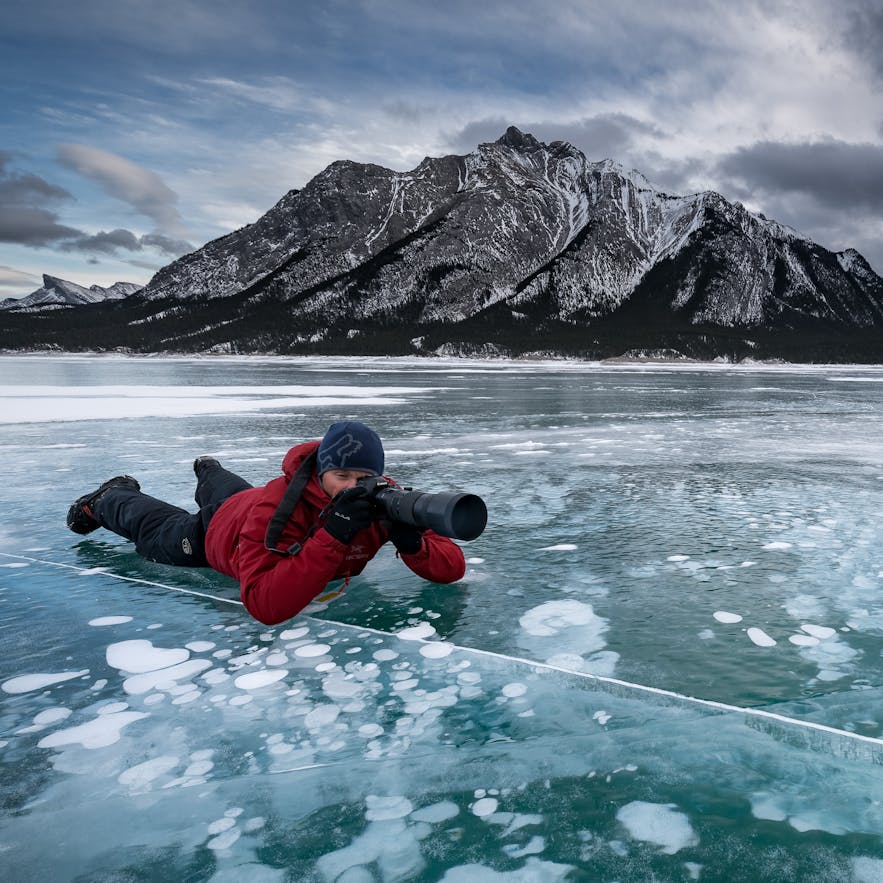 It takes dedication and commitment to become a professional photographer. Photo by: 'David Swindler'.
It takes dedication and commitment to become a professional photographer. Photo by: 'David Swindler'.
- See also: Beginner's Guide to Camera Settings
What aspect of being a photographer inspires you most and keeps you motivated to create?
As a workshop leader, I love seeing the spark in people’s eyes when they learn something new or take a photo they are thrilled with. That gets me excited and reminds me why I fell in love with the craft years ago. It’s pretty special to take someone out who has never seen the Milky Way before and watch their jaw drop when they see what the camera is able to capture.
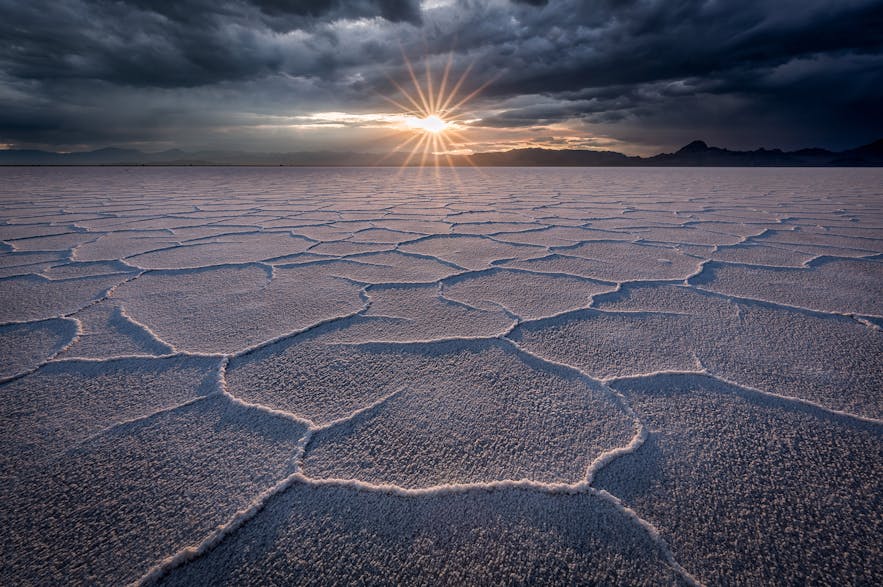 David loves to see the spark in someone's eyes when they learn something new. Photo by: 'David Swindler'.
David loves to see the spark in someone's eyes when they learn something new. Photo by: 'David Swindler'.
Finally, what’s in store for you during the rest of the year?
That’s the million dollar question right now. This worldwide pandemic has thrown a big wrench into our 2020 plans and a lot of things are up in the air right now. My only hope is that we’ll get this virus contained soon so we can get back to business. I am still hopeful that my workshops and conferences in the second half of the year can go forward as planned.
For more information on David Swindler's work, you can visit his website or find him on Facebook and Instagram.
Be inspired by the beauty of nature all around you. Check out our range of international photo tours and photography workshops.
Other interesting articles

Interview with Albert Dros
This month, we get up-close-and-personal with our very own guide from Iceland Photo Tours, Albert Dros! Albert is one of the best-known landscape photographers in the Netherlands. He is a Sony Glob...Read more
Interview with Nico Rinaldi
Italian photographer, Nico Rinaldi, is as talented as they come. His stunning portfolio of landscape photography is the masterful finesse of both shooting in-field and in the art of post-processing,...Read more
Interview with Jabi Sanz
Like many before him, Jabi Sanz's passion for photography developed following a trip to Iceland. Since then, this Spanish landscape and travel photographer has travelled extensively, capturing drama...Read more









